
$17.95 – $139.95
Neurogan
Neurogan Neurogettes 1 – 10 pack
| Total CBD: | 1200 – 12000 mg |
| Potency: | 60 mg/stick |
| Cost per mg CBD: | $0.01 |
| Extract type: | Full-spectrum |
Not all CBD is the same. Discover the differences between CBD delivery forms and the pros and cons of each. Learn how to choose the best CBD form for you.
In this article, we explore the various delivery methods for CBD (cannabidiol), including oral, inhaled, mucosal, transdermal, and intravenous routes.
We’ll discuss what the current science tells us about each method and their relative advantages and disadvantages in practical use.
We’ll also survey some of the important factors that affect CBD absorption and metabolism. And you’ll learn how you can best manage these factors so you can choose the ideal delivery form and dosage depending on what you’re looking to get out of the use of CBD.
This is a big topic, so let’s get straight into it.
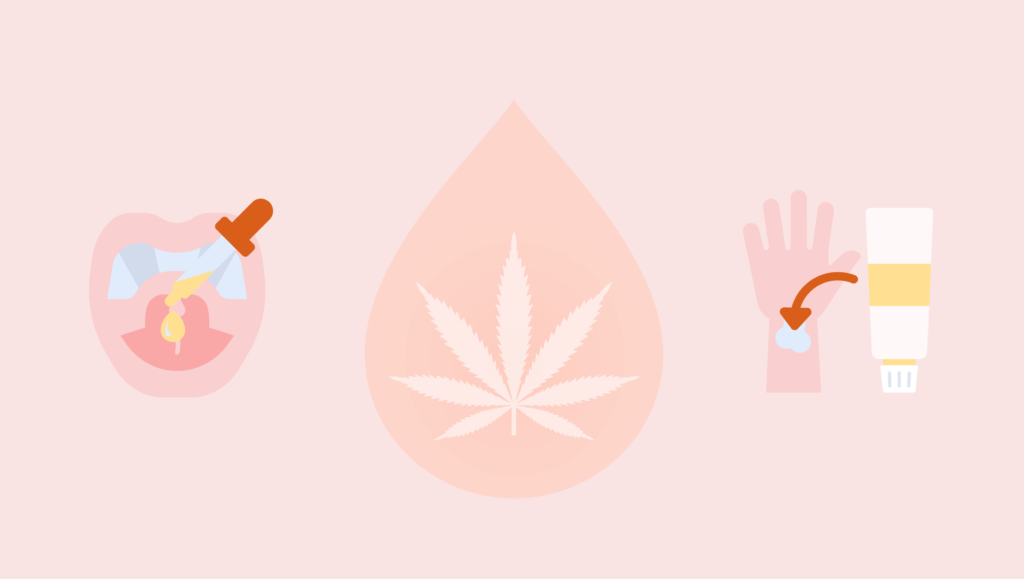
CBD offers great benefits for health and healing. Its high safety profile and non-addictive nature make it an appealing alternative to many conventional drugs.
But, in order to be effective, CBD has to reach your endocannabinoid system. This means it first needs to be absorbed into your bloodstream, a concept known as bioavailability.
Once there, it has to stay in circulation long enough to be delivered to the organs and tissues where it is needed.
So, how much of the CBD you take actually gets absorbed and used?
That depends on a process known as pharmacokinetics (how compounds are processed by the body).
In short, pharmacokinetics refers to the sum of your body’s mechanisms for absorption and elimination, the characteristics of CBD itself, and numerous external factors that can either help or hinder the way you assimilate and use CBD.
Additionally, the route of entry, or delivery method, has a lot to do with how much and how quickly CBD enters the bloodstream.
Oral CBD formulations, such as CBD oils and tinctures, capsules, gummies, chocolates, other edibles, and beverages are among the most popular ways to consume CBD.
However, oral CBD has the lowest bioavailability of all delivery forms.
On average, ingested CBD has a bioavailability of between 6-19% [2, 3, 4].
One reason for this is that CBD is not readily absorbed when ingested and as a result, most of it is excreted without exerting any effects.
This is due to the fact that CBD is fat-soluble (as opposed to water-soluble), which makes it a challenge for the body to absorb.
Additionally, digestive acids and enzymes destroy a large percentage of CBD before it has a chance to be absorbed. And the small amount that gets through the intestinal wall is subject to being metabolized by the liver before it reaches the rest of the body.
The half-life of oral CBD, i.e. the amount of time it takes for half of the CBD to leave the bloodstream, may be faster than other delivery methods. Half-lives from 10 to 17 hours have been reported for high dosages between 750 mg and 1500 mg [1].
Peak levels of oral CBD tend to be lower than other delivery forms.
In one experiment, cookies infused with 40 mg of CBD produced peak blood CBD levels between 1.5 and 3 hours after ingestion [5].
However, the low absorption of oral CBD may be offset by certain advantages — such as a longer duration. A laboratory animal study found the average amount of time an orally consumed CBD molecule stays in the body, known as the “mean residence time”, was 4.2 hours.
By contrast, the mean residence time for injected CBD, in the same study, was 3.3 hours [3].
Oral CBD has also been found to lead to higher brain levels when compared to inhalation methods in animal studies [6].
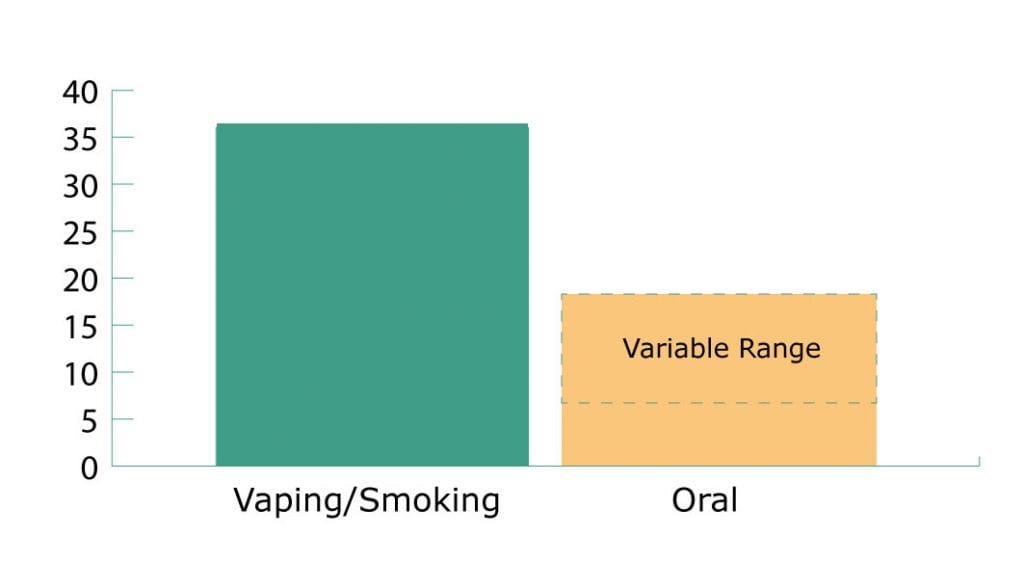
Inhalation is an efficient way to consume CBD because it bypasses the digestive tract and liver allowing CBD to be readily absorbed through the thin membranes that line the air sacs of the lungs (alveoli) where it enters directly into the bloodstream.
There are several ways to inhale CBD:
The most basic inhalation form is smoking.
In this case, the hemp cigarette contains unprocessed CBD-rich hemp buds (as opposed to high-THC cannabis). Smoking has a bioavailability of 31% and a single CBD cigarette containing about 19 mg of CBD can produce peak blood levels within 3 minutes [5].
The half-life of smoked CBD averages 31 hours.
The downside to smoking is that it produces combustion by-products which can irritate and, in some instances damage the lungs. These include fluorene, pyrene, acrylonitrile, and acrylamide [7].

| Total CBD: | 1200 – 12000 mg |
| Potency: | 60 mg/stick |
| Cost per mg CBD: | $0.01 |
| Extract type: | Full-spectrum |
A more elaborate and less irritating inhalation form similar to smoking is vaping — which is done with a vaporizer pen.
With this method, you draw liquid CBD oil held in a cartridge past a heating element that atomizes the CBD — producing a vapor that you inhale.
Vaping produces similar blood CBD concentrations and pharmacokinetics to smoking [8]. There is some risk of lung irritation with vaping, though less than smoking.
Suggested Reading: The Ultimate Guide to CBD Vaping Kits.
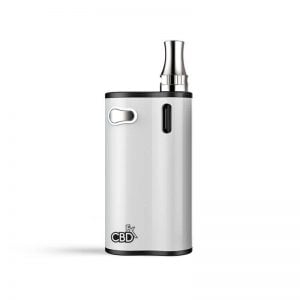
| Total CBD: | 0 – 2000 mg |
| Potency: | 16.67 – 33.3 mg/mL |
| Cost per mg CBD: | $0.06 – $0.14 |
| Extract Type: | Full-spectrum |
| THC Content: | <0.3% |
A nebulizer is a device that administers CBD in the form of a mist that is inhaled into the lungs. Nebulizers are generally used in hospitals to deliver medications to damaged or sensitive lungs.
Nebulizers produce peak blood levels in about 36 minutes [4].

This method takes advantage of the ability of CBD to be absorbed directly through the mucous membranes of the mouth and nose — bypassing the digestive process and going straight into the bloodstream.
Peak blood levels for this method, which involves placing liquid drops of CBD under your tongue, have been measured within about 2 hours [5].
A simple way to improve absorption of sublingual CBD is to hold the drops under your tongue for 20-30 seconds before swallowing. Doing allows more time for your mucous membranes to absorb the CBD before it enters the digestive tract.
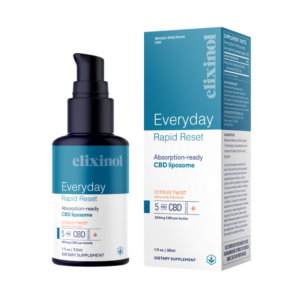
| Total CBD: | 300 mg |
| Potency: | 10 mg/mL |
| Cost per mg CBD: | $0.15 |
| Extract Type: | Broad-Spectrum |
| Flavor: | Citrus Twist |
| THC Content: | 0% |
In one study, an oral spray consisting of a 50-50 combination of THC and CBD, produced peak blood levels of CBD at 3.6 hours for a 5 mg dose of CBD and 4.5 hours for a 15 mg dose of CBD, i.e., a three times greater dose reached peak blood levels in only 20% more time.
This illustrates the benefits of higher dosage levels on absorption efficiency.
Here again, holding the CBD spray in your mouth for about 30 seconds before swallowing will optimize the effectiveness of this delivery method.
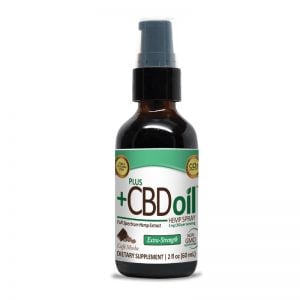
| Total CBD: | 100 – 500 mg |
| Potency: | 3.33 – 16.6 mg/mL |
| Cost per mg: | $0.22 – $0.13 |
| Extract Type: | Broad-spectrum |
| THC Content : | 0.0242% |
Absorption through the thin mucous membranes lining the nasal passages is quite rapid — reaching a maximum concentration in the blood in 10 minutes or less [2].
CBD can enter the bloodstream through an adhesive patch placed on the skin, a method known as transdermal delivery. However, being highly fat-soluble cannabinoids are repelled by the water-soluble layer of skin — which acts as a barrier to absorption.
An effective workaround is to combine CBD with about one-third ethanol, which makes the CBD more water-soluble and has been found to increase absorption nearly four-fold [2, 9].
Transdermal CBD is useful for maintaining consistent levels that don’t fluctuate [10]. Though it enters the bloodstream relatively slowly compared to other methods this can be an advantage for avoiding potential side effects associated with rapid peak levels.
Transdermal delivery is particularly useful for chronic inflammatory conditions and for pain control in patients with chronic pain who haven’t responded well to conventional medication options.
Also, it’s more comfortable to administer than other methods — making patients with these types of conditions more likely to use it.
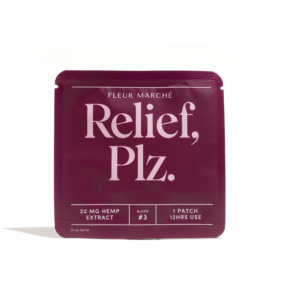
| Total CBD (All Patches): | 160 mg |
| Potency: | 20 mg per Patch |
| Cost per mg CBD: | $0.26 |
| Extract Type: | CBD Isolate |
Intravenous injection directly into the bloodstream offers 100% bioavailability. However, blood levels drop off rapidly with intravenous administration, so it may not be the most effective way of using CBD.
A study of marijuana smokers found that 20 mg doses of intravenous CBD had four times greater bioavailability than 19 mg doses of smoked CBD, but reduced by about 93% in the first hour [11]. As a result, intravenous CBD had a shorter half-life of 24 hours while smoked CBD had a half-life of 31 hours.

CBD pharmacokinetics is subject to many internal and external factors. Some of these factors are under your control and you can use them to your advantage. For those that are not under your control, you can maximize the effectiveness of your CBD by choosing the best delivery form for your needs.
Here are a few of the many “moving parts” of CBD pharmacokinetics:
Your state of health can affect CBD absorption and you may need to adjust your dosage or delivery route accordingly.
Because the liver is so important in removing CBD from circulation and preparing it to be exported from the body, an impaired liver function has a significant impact on the effectiveness of CBD and how long it remains in the body.
In one study, participants with moderate to severe liver impairment had higher blood CBD concentrations and longer clearance times after the same 200 mg dose levels compared to healthy controls [12].
This means that more CBD reaches the general circulation and stays in circulation longer. As a result, these individuals experience greater effects than someone without liver impairment would derive from the same dose.
Neurological or other health conditions may affect CBD bioavailability as well.
In one study, Huntington’s disease patients who were given oral supplements containing 700 mg of CBD daily for 6 weeks showed low peak absorption levels and no beneficial effects [5].
By contrast, healthy volunteers who took a single 600 mg oral dose of CBD showed better absorption and had higher CBD levels in the blood [5].

It’s possible to push the equation in favor of greater absorption by taking higher doses. Increasing the dose of an oral spray from 5 mg to 10 mg can double absorption and increasing the dose from 10 mg to 20 mg has been found to triple absorption [4].
However, as you get into higher dose levels between 400 mg and 800 mg there seems to be a ceiling effect whereby higher doses don’t lead to higher absorption rates [4].
This may occur, in part, because tissues become saturated and unable to absorb more CBD.
Learn More About CBD Dosage Here.
CBD absorption is significantly better — 3 to 5 times better — when taken with food compared to on an empty stomach [4].
Due to the fat-soluble nature of CBD, including a healthy source of fat in your meal such as avocado, high-omega-3 fish, or nuts and seeds, will help even more [13]. By doing so, the CBD dissolves in the dietary fats and disperses into smaller particle sizes that are easier to absorb.
Food also slows down the rate at which CBD is removed from the blood. Clearance rates have been measured up to nearly 9 times quicker in the fasted state (i.e. between meals) compared to the fed state [4].
The presence or absence of food may have a greater effect than dosage levels on clearance rates. When single doses of an oral spray in 5 mg and 20 mg dose levels were measured it was found that the higher dose level only cleared 14% faster [4].
Heating cannabis extracts (as occurs in some lower quality processing methods) converts the cannabinoids into forms that are also active but are less efficiently absorbed. One study found that peak CBD levels were four times higher in unheated extracts compared to heat-treated ones [5].
A compound found in black pepper, piperine works on several levels to provide powerful absorption-boosting effects.
Piperine stimulates transporter molecules in the intestinal lining that are responsible for bringing CBD across the intestinal membrane and into the bloodstream. Once CBD is absorbed piperine inhibits enzymes that degrade CBD, giving it more time to reach its target tissues where it can be taken up and utilized.
In a CBD oral supplement that was formulated with piperine, there was a 6-fold increase in maximum concentration in the blood compared to the same CBD supplement without piperine [14].
Pretty impressive!
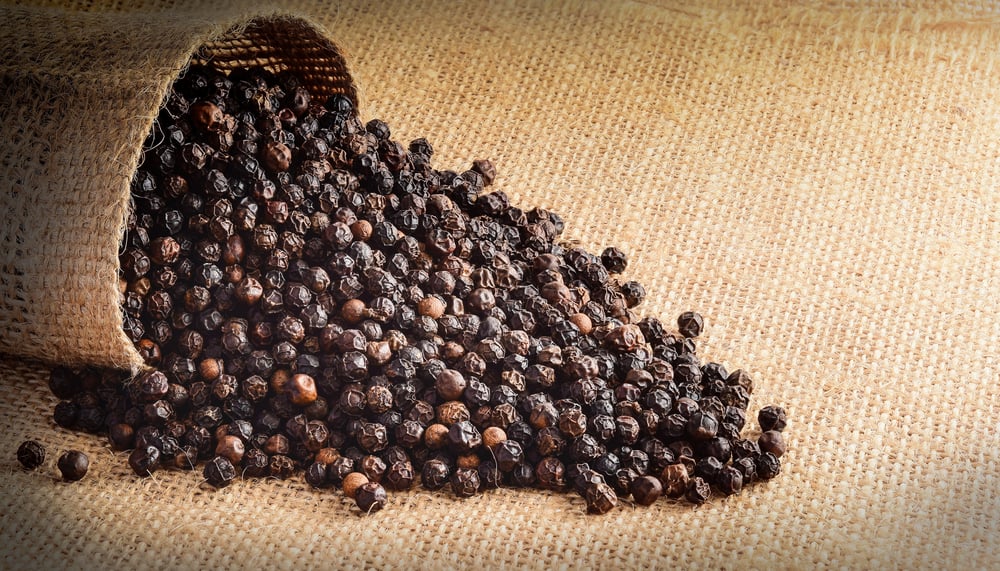
CBD is widely available but the science on how CBD is processed by the body is still in its early stages. Additionally, there are wide variations in CBD absorption and assimilation rates among different species of animals — including humans. So testing on animals like mice doesn’t always translate into humans.
It’s important to keep in mind that your state of health will influence which delivery forms may or may not work for you. If in doubt, a knowledgeable health care professional can help guide you to the best options for your specific health goals.